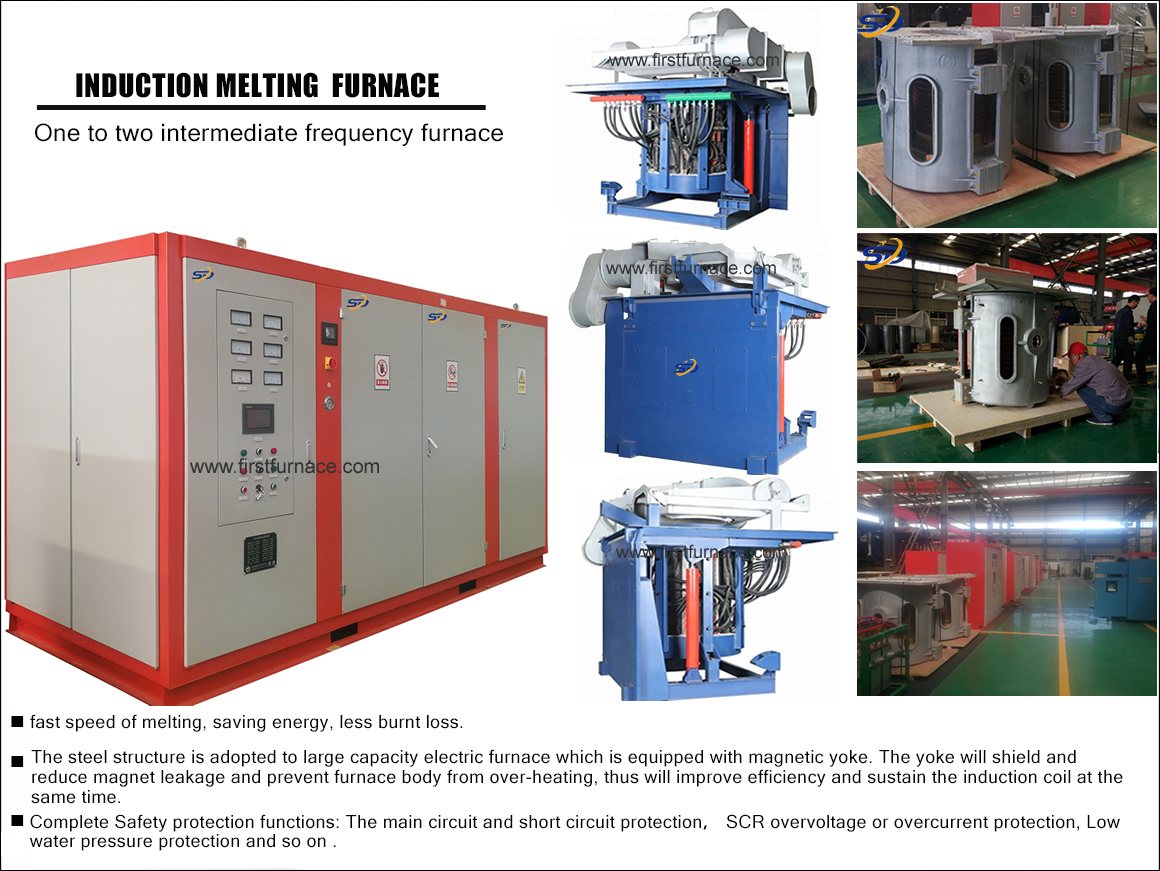Sales hot line ( 24 hours service): 18037961302
E-Mail: firstfurnace@gmail.com
whatsapp:+8618037961302
Adress: Luoxin Industrial Park, Luoyang, HenanLarge diameter steel pipe quen
Piston rod quenching and tempe
Grinding rod quenching and tem
High frequency induction heate
Quenching equipment for machin
Round steel end heating furnac
Steel pipe heat treatment prod
Square steel quenching and tem
Sucker rod quenching and tempe
Thickened petroleum steel pipe
Round steel quenching and temp
Steel pipe quenching and tempe
Steel plate quenching and temp
Induction Hardening Machine&nb
Flywheel ring gear high freque
What are the requirements for steel in induction heating furnace quenching?
The steel for quenching in induction heating furnace generally has the following requirements:
1) The carbon content of steel is determined by the working conditions of the parts, and w(C) can be 0.15% to 1.2%, which is the most basic requirement.
2) The steel should have the tendency of austenite grains not easy to grow, and the intrinsically fine-grained steel should be selected.
3) The steel should have as fine and scattered primitive structure as possible. The above, 2) and 3) two conditions enable the steel to obtain fine austenite grains and a higher grain growth temperature during heating. This is particularly important during induction heating, because induction heating is higher than the heating temperature in the furnace. , It is more difficult to accurately control the temperature specification. At present, the general induction heating furnace quenching steel, the grain size is controlled at 5 to 8.
Induction heating furnace quenching has requirements for the preliminary heat treatment of steel. When the preliminary heat treatment is quenched and tempered for the same steel material, since sorbite is a very fine structure, the austenite transformation is the fastest, and the required heating temperature is the lowest, resulting in the hardness obtained The highest, the shallowest depth of hardened layer can be obtained. When the preliminary heat treatment is normalizing, the transformation of fine flake pearlite into austenite requires a higher temperature; when the original structure is coarse flake pearlite and bulk ferrite (hypoeutectoid steel annealing state), then A higher heating temperature is required. Even so, due to the short heating time, there will still be undissolved ferrite in the quenched structure. When quenching in an induction heating furnace, the hardenability of the steel still plays a role. Similarly, when the heating layer is deep, the finer the structure, the worse the hardenability, and the alloying elements contained in the steel, such as Mn (manganese), Cr (chromium), Ni (nickel), Mo (molybdenum), etc. have a certain influence on the hardenability of steel.
4) Selected carbon content. For some important parts such as crankshafts, camshafts, etc., when selecting steel grades, additional requirements for selected carbon content are often put forward. 0.08% (such as 0.42% to 0.50%) is reduced to the 0.05% range (such as 0.42% to 0.47%), which can reduce the impact of carbon content fluctuations on cracks or layer depth changes. The author has analyzed 45 steel from several different sources for quenching in the crankshaft neck induction heating furnace, and found that under the same process specification, the layer depth is very different. The reason is related to the Mn of the material and the content of Cr and Ni in the impurities. . In addition, among the impurity elements of foreign steel, the content of Cr and Ni is often higher than that of domestic steel. Therefore, the quenching results are often different. This point must be paid attention to.
5) Decarburization depth requirements of cold drawn steel. When cold drawn steel is used for quenching in an induction heating furnace, there are requirements for the total decarburization depth on the surface. Generally, the total decarburization depth on each side should be less than 1% of the diameter of the bar or the thickness of the steel plate. The hardness of the lean carbon layer is very low after quenching, so cold drawn steel must be ground to remove the lean carbon layer before checking the quenching hardness.
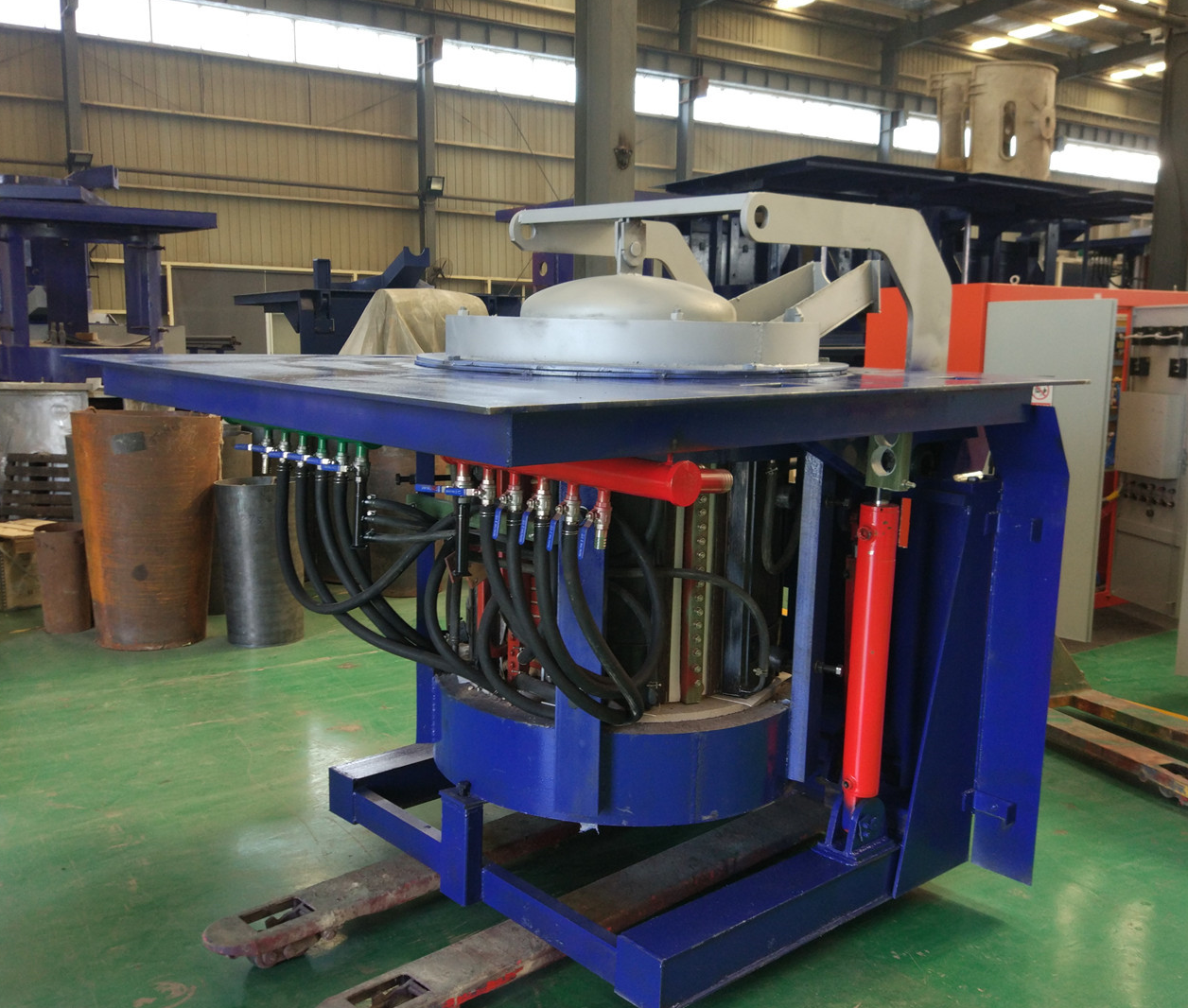
Iron induction furnace
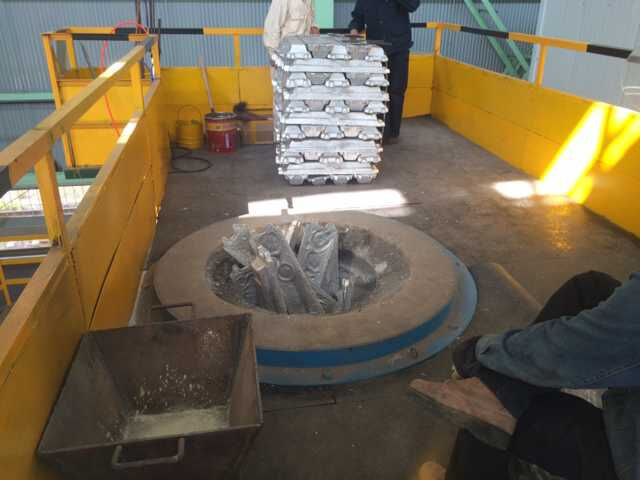
Aluminum melting furnace
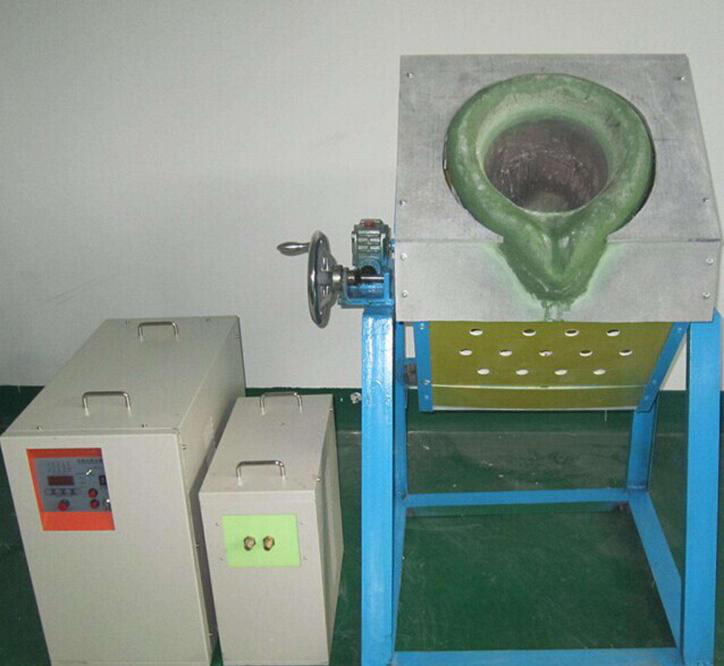
Copper melting furnace
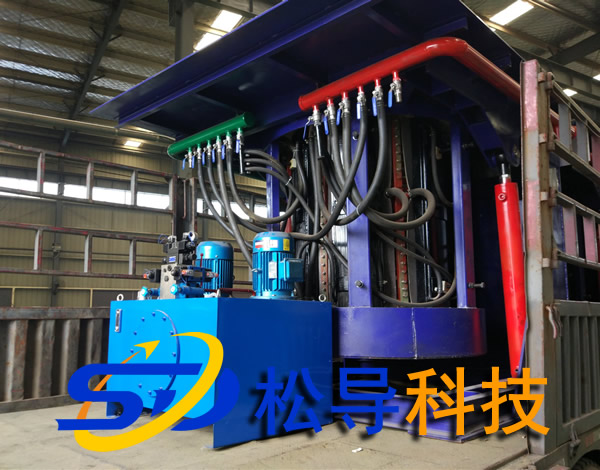
Small steel melting furnace
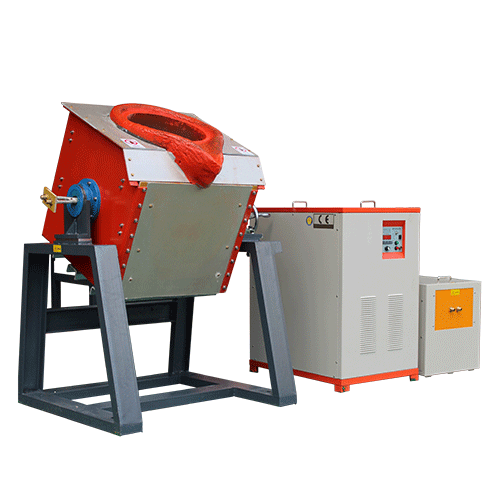
Small induction melting furnace
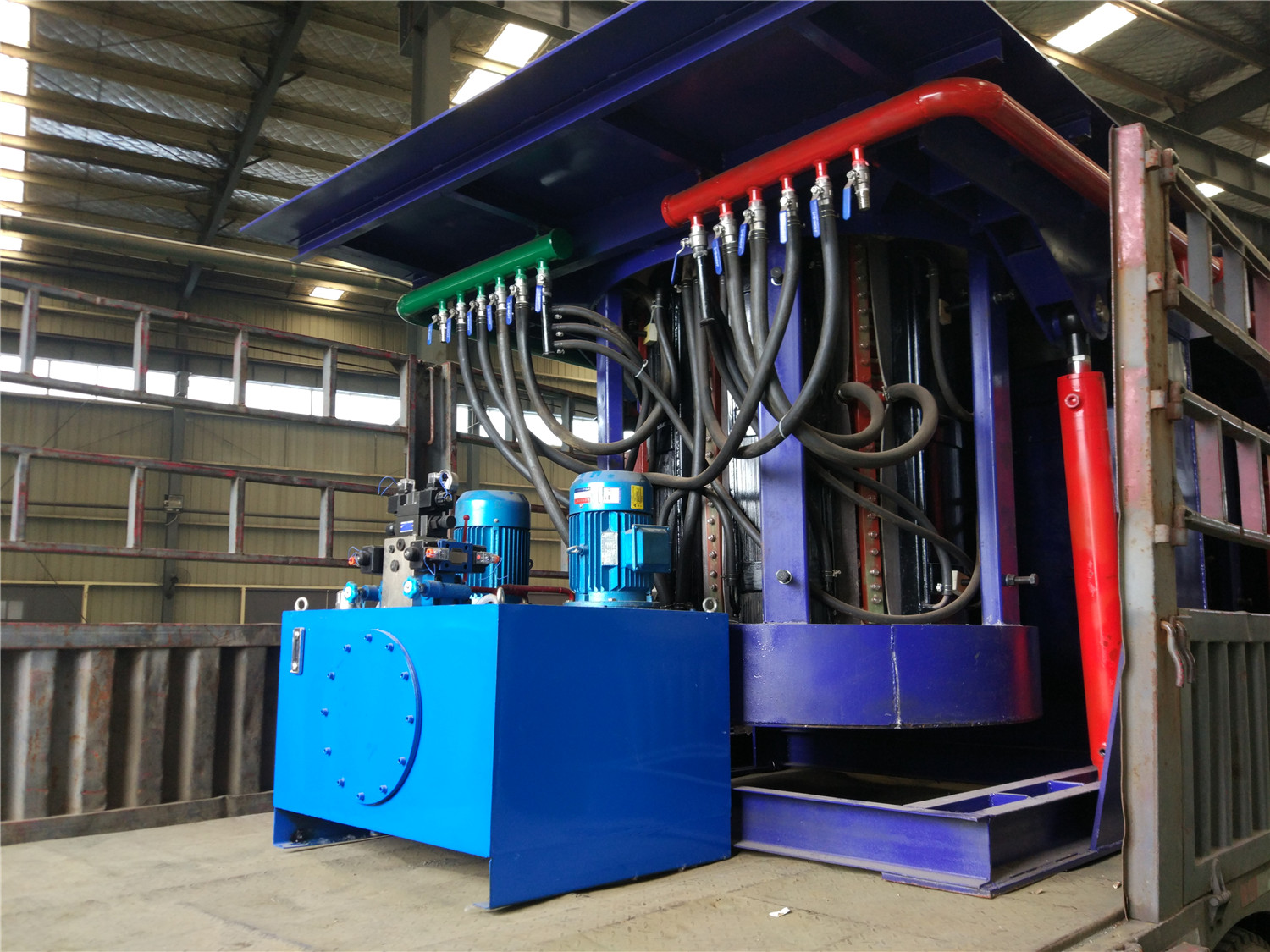
Induction iron furnace
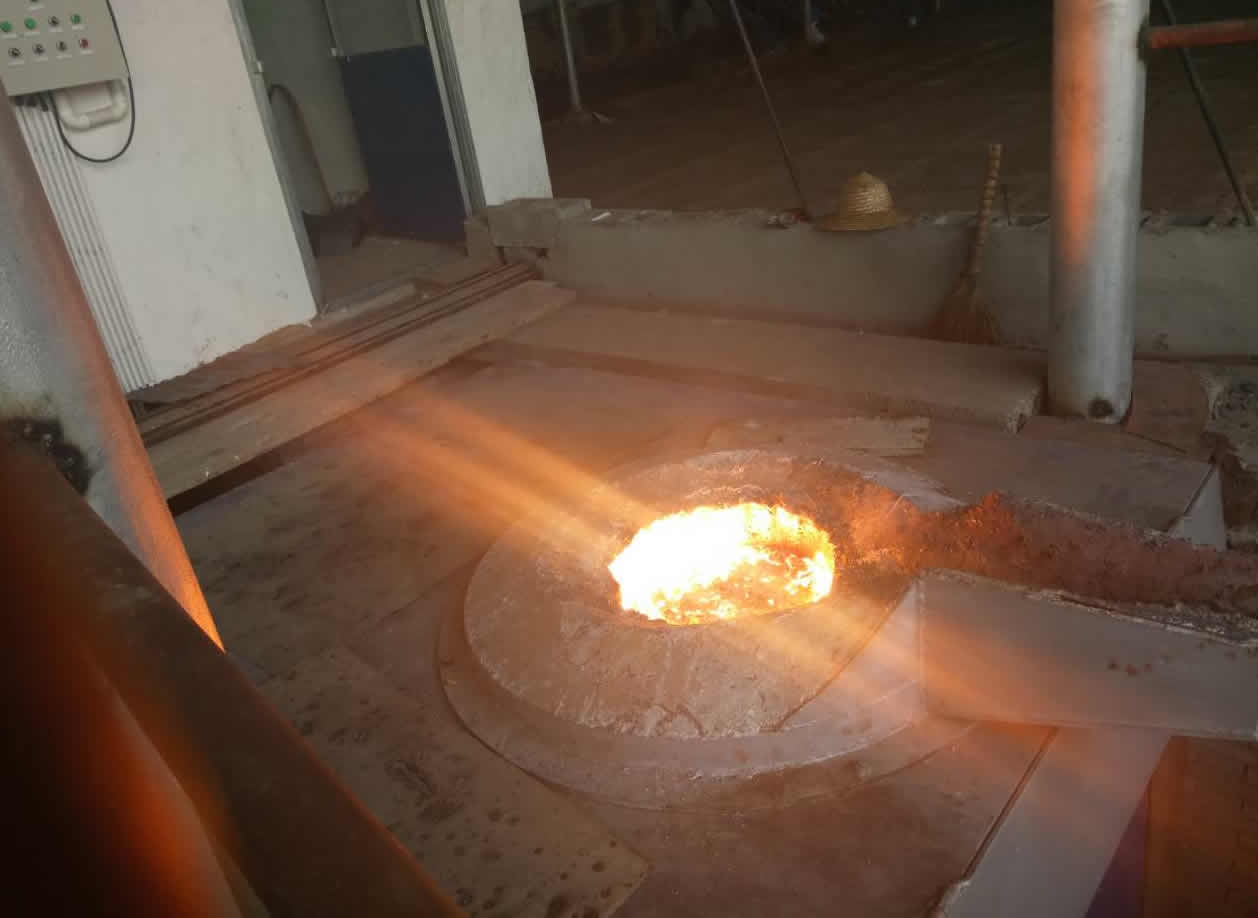
3T intermediate frequency iron melting f
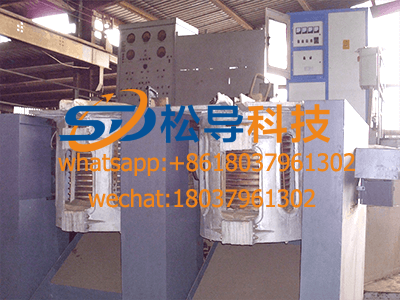
0.25T Intermediate Frequency Furnace
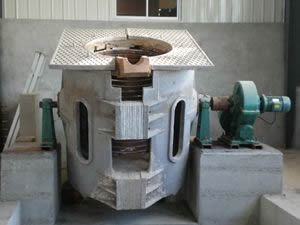
0.5T Intermediate Frequency Furnace
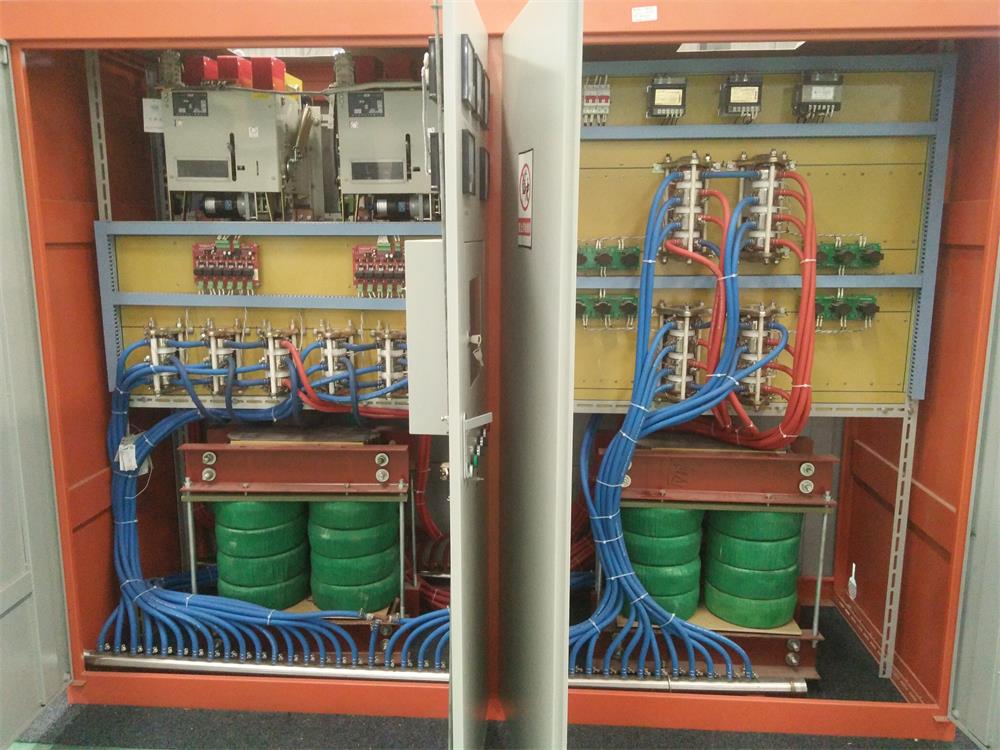
Medium Frequency Furnace

2T Induction Melting Furnace
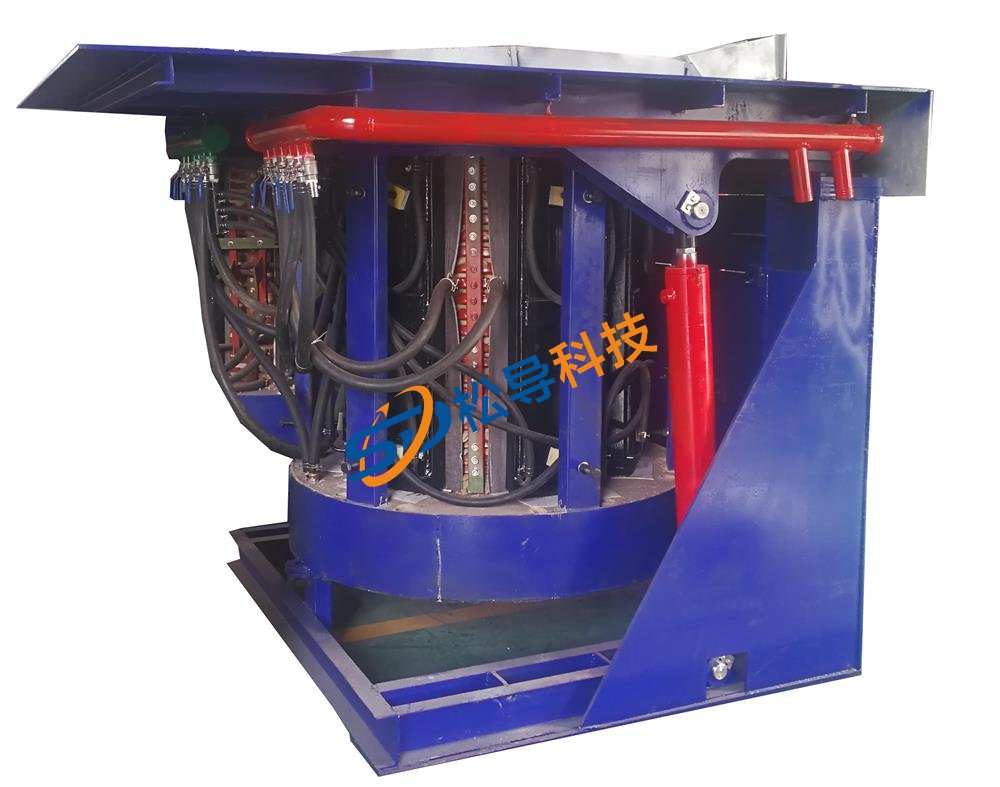
1T Induction Melting Furnace
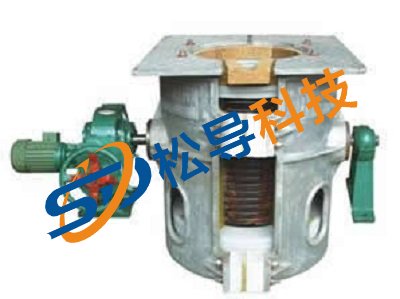
500kg Induction Melting Furnace
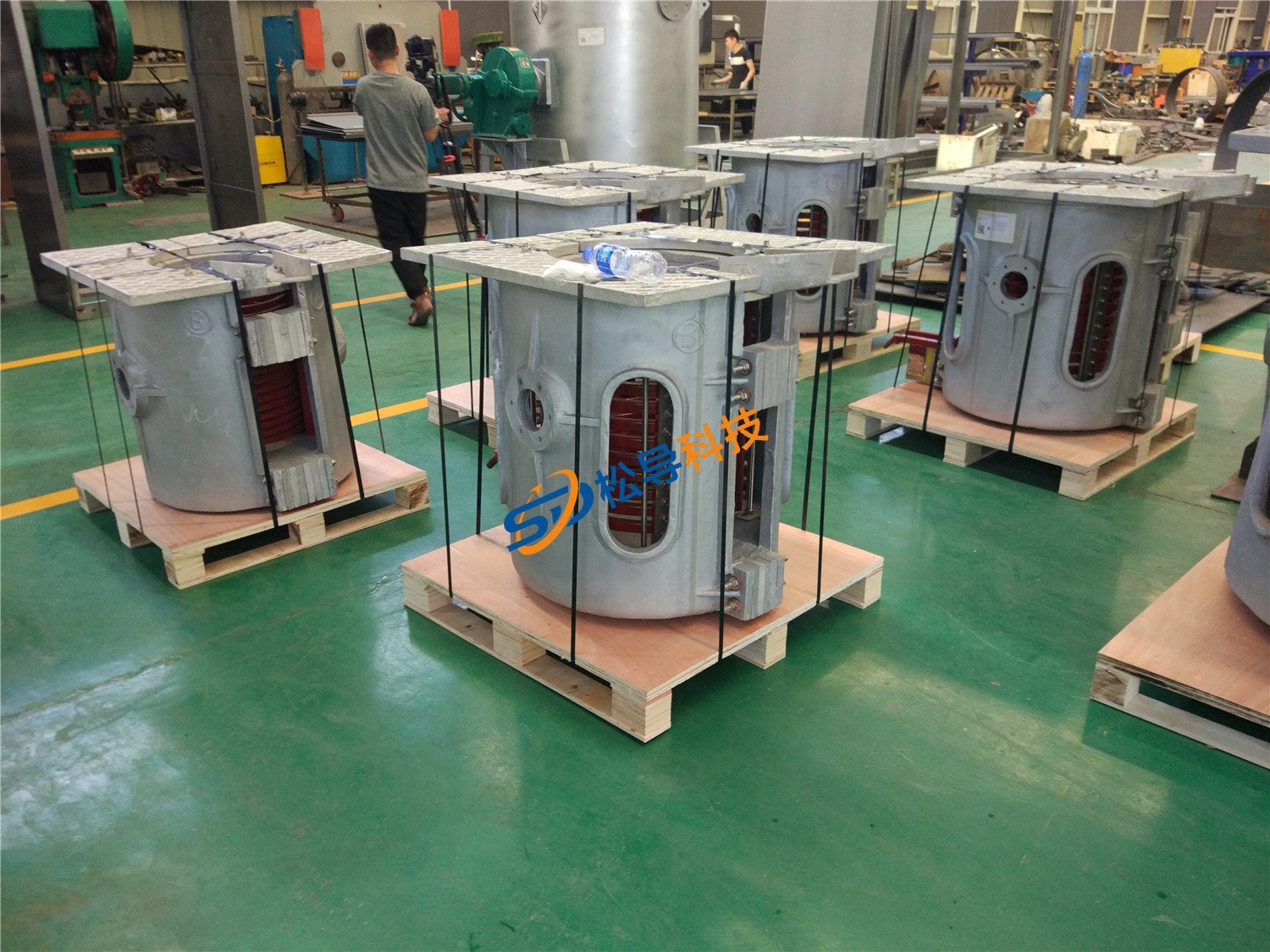
250kg Induction Melting Furnace
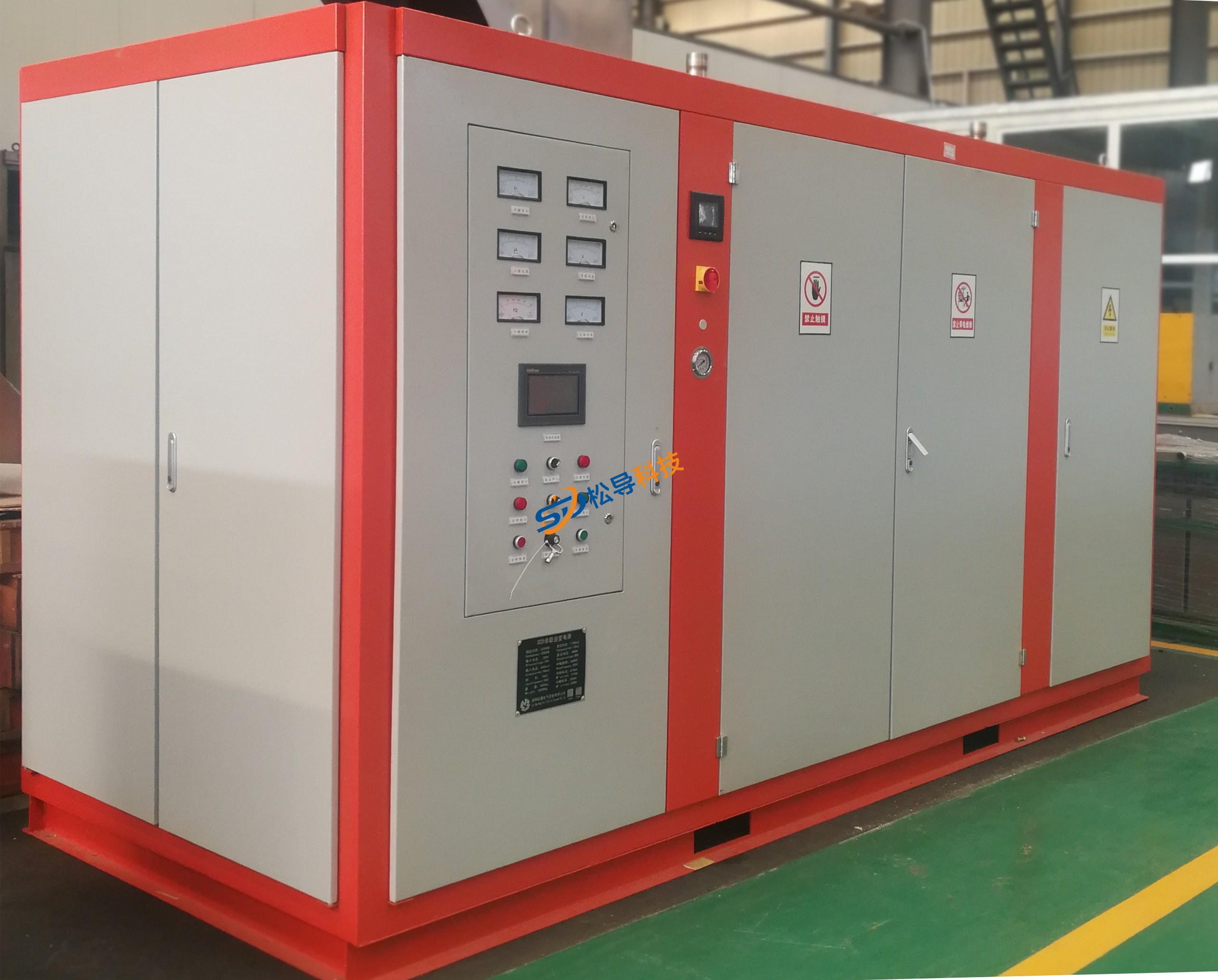
Induction Melting Furnace
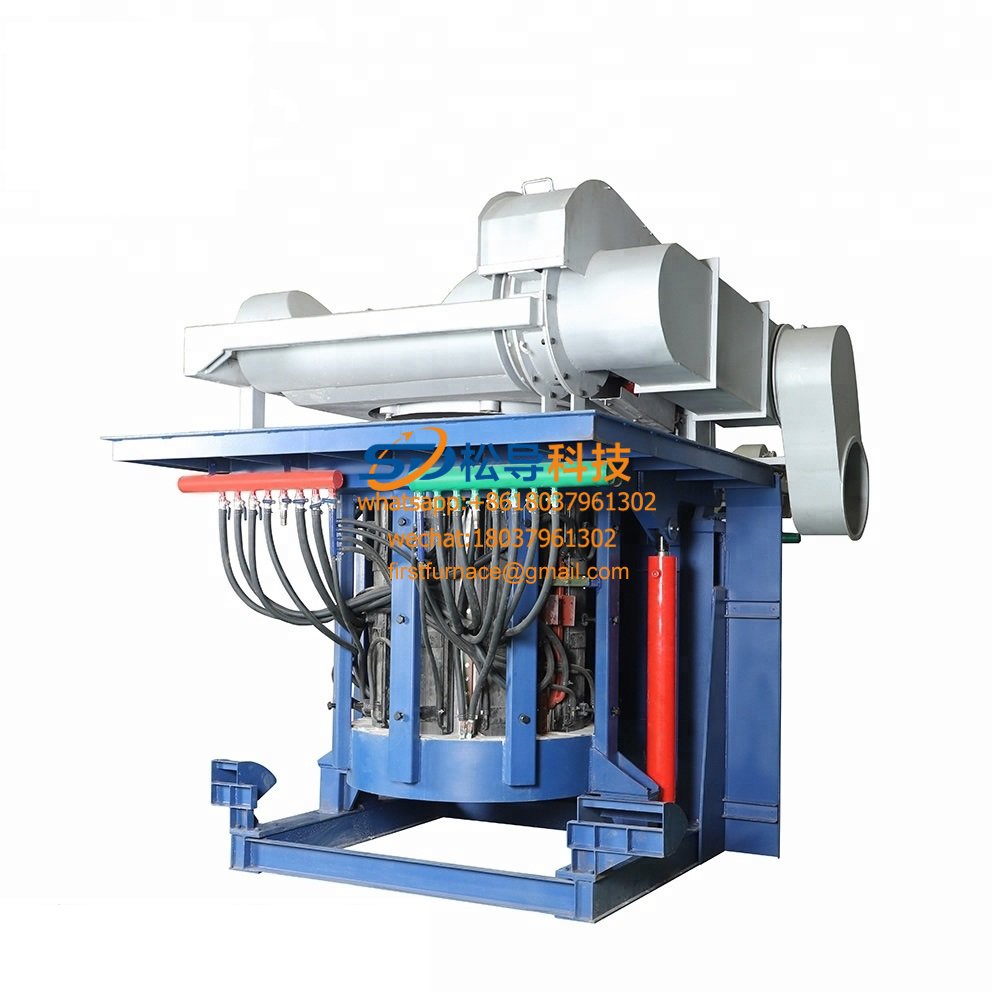
3 T Induction Melting Furnace
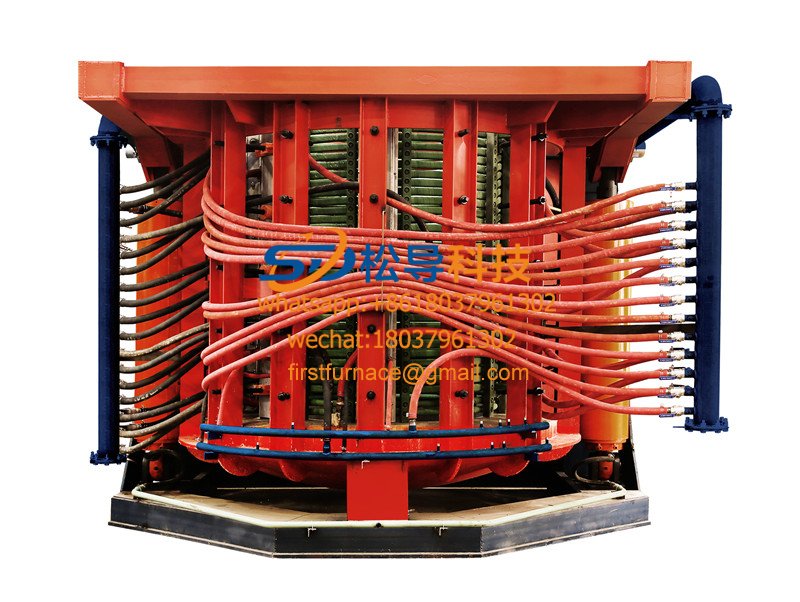
5T Induction Melting Furnace
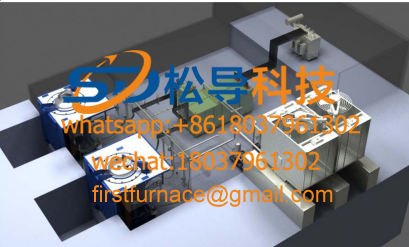
1T One Belt Two Intermediate Frequency F

5T One Belt Two Intermediate Frequency F
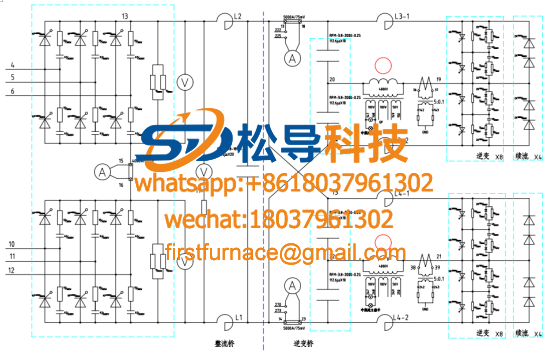
3T One Belt Two Intermediate Frequency F
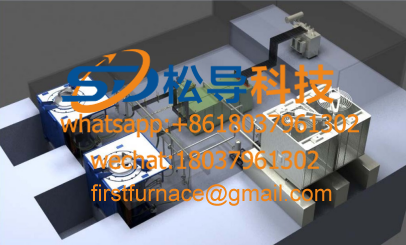
2T One Belt Two Intermediate Frequency F
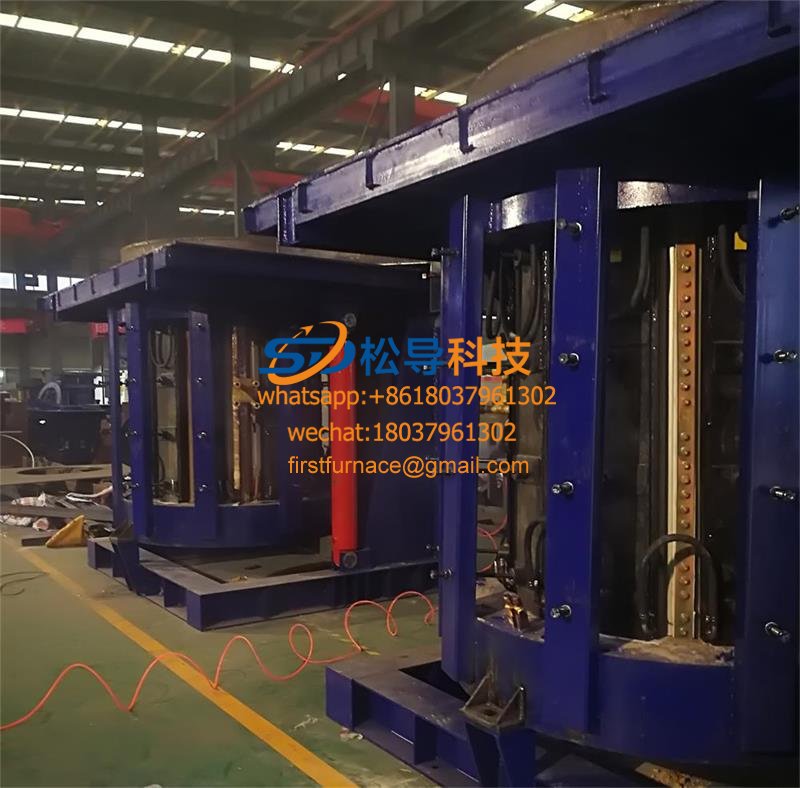
5T Parallel Intermediate Frequency Furna
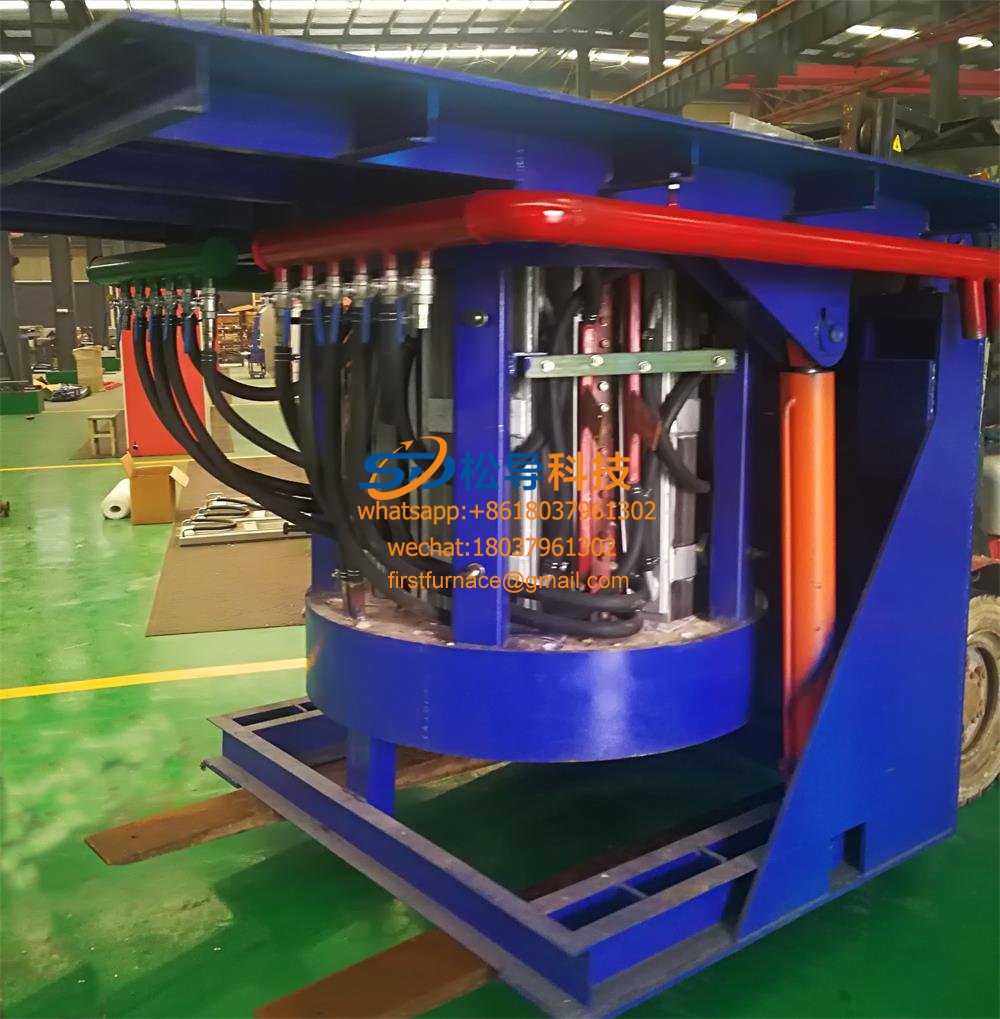
5T Intermediate Frequency Furnace

5T Series Intermediate Frequency Furnace
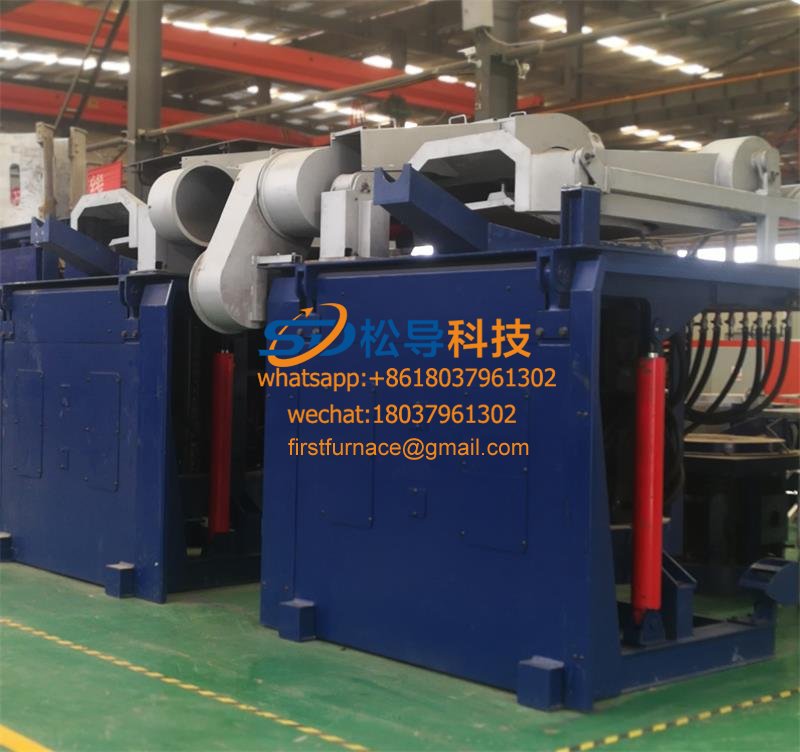
3T Series Intermediate Frequency Furnace
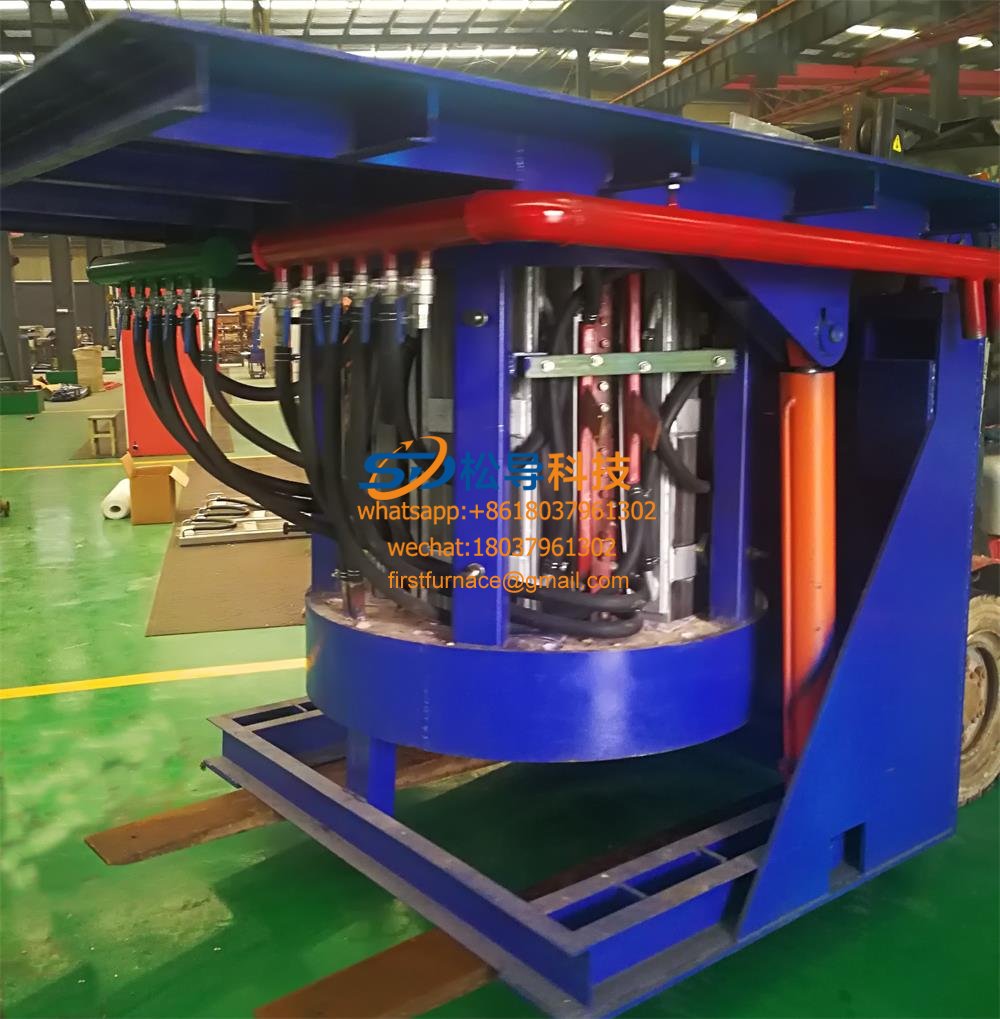
2T Series Intermediate Frequency Furnace
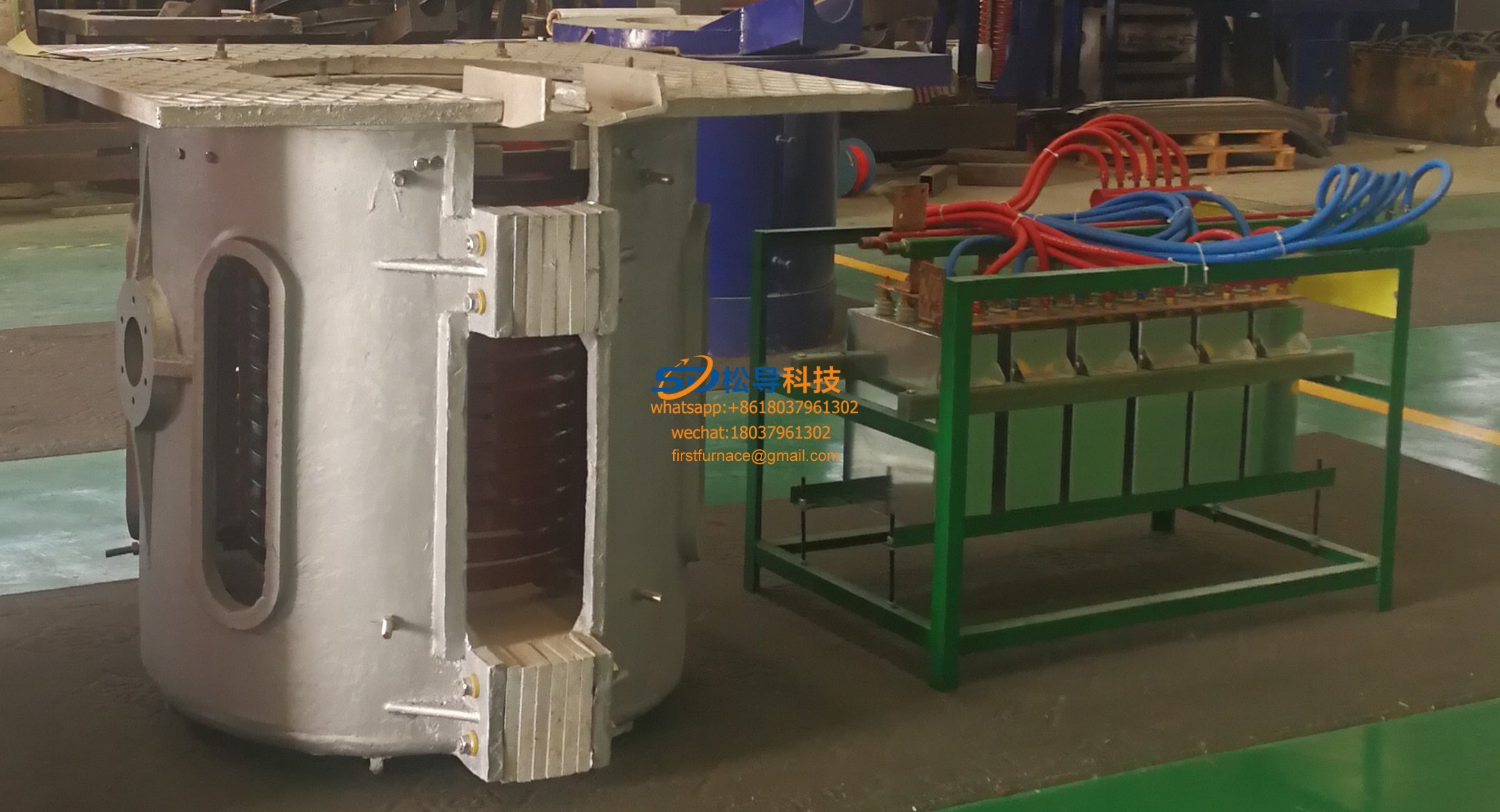
1T Series Intermediate Frequency Furnace
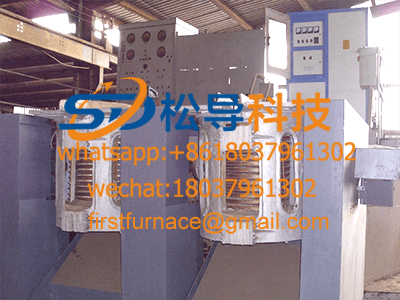
0.5T Series Intermediate Frequency Furna

0.25T Series Intermediate Frequency Furn
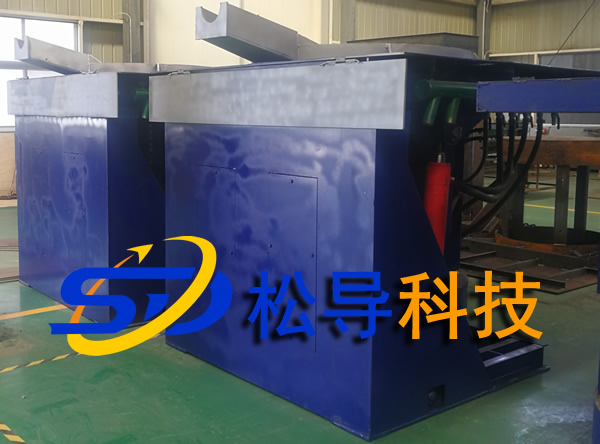
1T Parallel Intermediate Frequency Furna
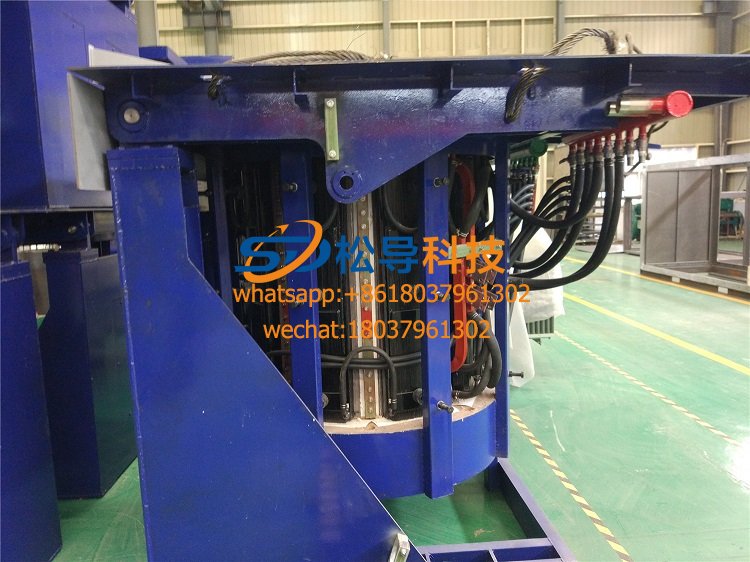
2T Parallel Intermediate Frequency Furna
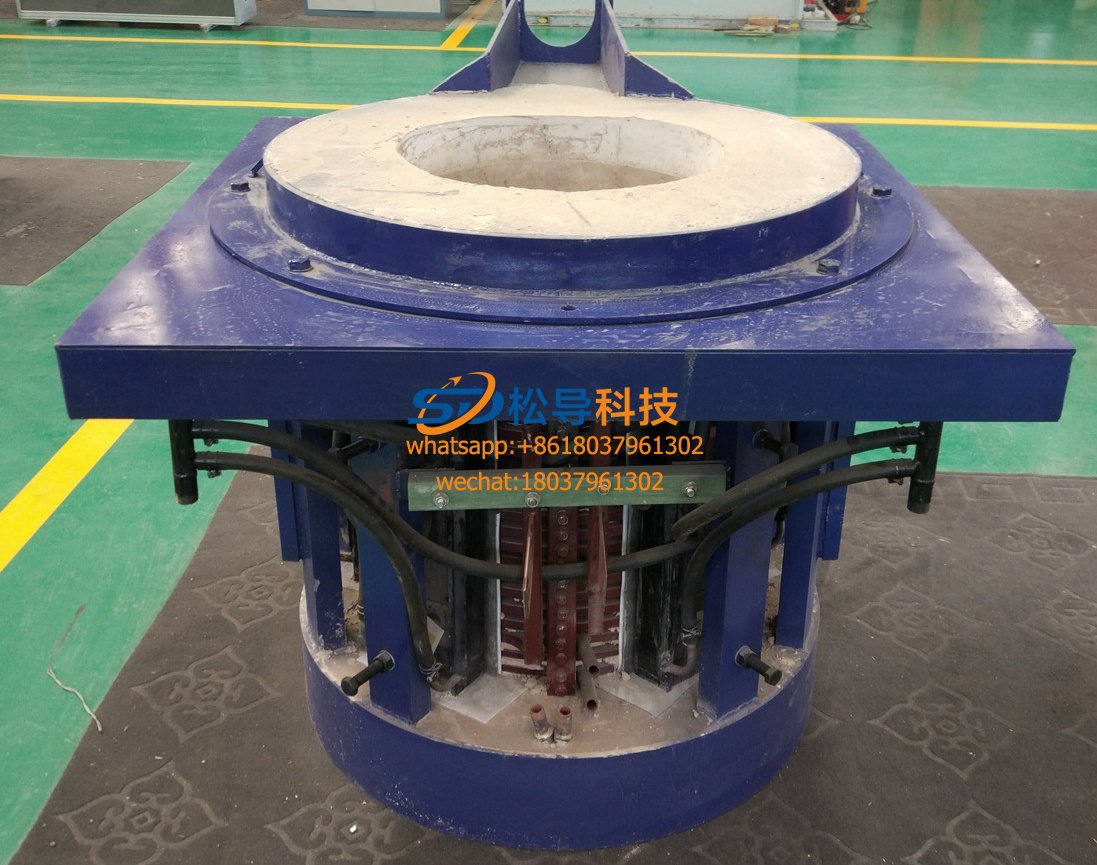
0.5T Parallel Intermediate Frequency Fur






